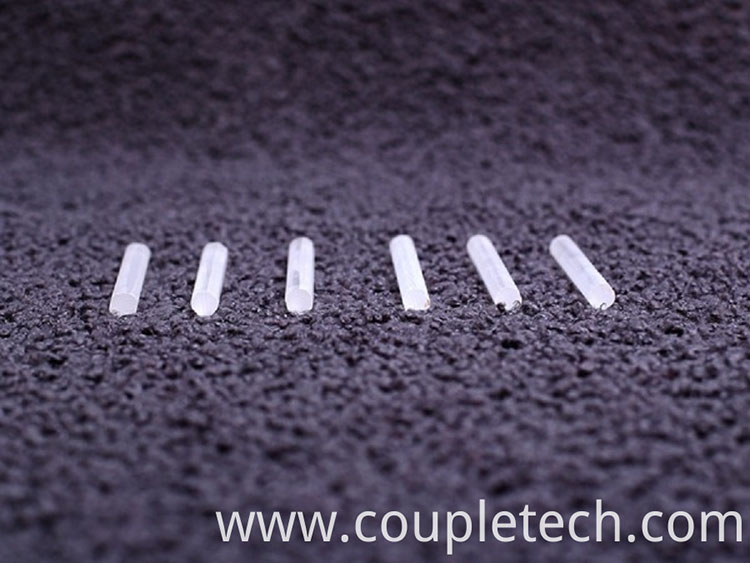
- English
- 简体中文
- Español
- Português
- русский
- Français
- 日本語
- Deutsch
- tiếng Việt
- Italiano
- Nederlands
- ภาษาไทย
- Polski
- 한국어
- Svenska
- magyar
- Malay
- বাংলা ভাষার
- Dansk
- Suomi
- हिन्दी
- Pilipino
- Türkçe
- Gaeilge
- العربية
- Indonesia
- Norsk
- تمل
- český
- ελληνικά
- український
- Javanese
- فارسی
- தமிழ்
- తెలుగు
- नेपाली
- Burmese
- български
- ລາວ
- Latine
- Қазақша
- Euskal
- Azərbaycan
- Slovenský jazyk
- Македонски
- Lietuvos
- Eesti Keel
- Română
- Slovenski
- मराठी
- Srpski језик
What are the advantages and disadvantages of laser crystal
2023-08-15
What are the advantages and disadvantages of laser crystal

Laser crystals are solid-state materials that are commonly used as gain media in various types of lasers. The choice of laser crystal can significantly impact the performance, efficiency, and characteristics of a laser system. Here are some advantages and disadvantages of laser crystals:
Advantages:
High Efficiency: Laser crystals can have high optical-to-optical conversion efficiency, meaning they can convert a significant portion of the input energy into laser output with minimal losses.
Wide Wavelength Range: Different types of laser crystals are available that cover a wide range of wavelengths, from ultraviolet to infrared. This versatility allows for the creation of lasers with various applications.
High Power Handling: Laser crystals can handle high optical power densities without damage, making them suitable for high-power laser systems.
Narrow Linewidth: Many laser crystals have a narrow emission linewidth, resulting in a high spectral purity of the laser output. This characteristic is important for applications like spectroscopy and telecommunications.
Long Lifetime: Laser crystals can have long operational lifetimes, contributing to the durability and reliability of laser systems.
Temperature Stability: Some laser crystals exhibit good thermal stability, maintaining their performance over a range of operating temperatures.
Mode Locking and Q-Switching: Laser crystals can be used to achieve mode locking (generating ultra-short pulses) and Q-switching (producing high-energy pulses), enabling a wide range of pulse characteristics.
Disadvantages:
Thermal Management: Many laser crystals are sensitive to temperature changes and can suffer from thermal lensing and other thermal effects. This requires careful thermal management to maintain stable and efficient laser operation.
Crystal Growth Challenges: The process of growing high-quality laser crystals can be complex and time-consuming. The quality of the crystal can impact its optical properties and overall laser performance.
Limited Wavelengths: While there is a wide range of laser crystals available, not all wavelength ranges are covered by commercially available crystals. Some wavelengths may require custom crystal growth.
Nonlinear Effects: Some laser crystals exhibit nonlinear optical effects that can lead to unwanted frequency conversion and other undesirable phenomena. These effects can complicate laser design.
Size and Weight: Laser crystals can be relatively large and heavy, which might limit their use in compact or portable laser systems.
High Pump Power Requirements: Certain laser crystals require high pump power to achieve lasing, which can limit their efficiency and increase the complexity of the pumping system.
Cost: The cost of laser crystals can vary widely depending on factors such as the material's rarity, quality, and manufacturing process. Some laser crystals can be expensive.
In summary, laser crystals offer numerous advantages in terms of efficiency, wavelength versatility, and performance characteristics. However, they also come with challenges related to thermal management, crystal growth, and other technical considerations that need to be carefully addressed in laser system design and operation.


